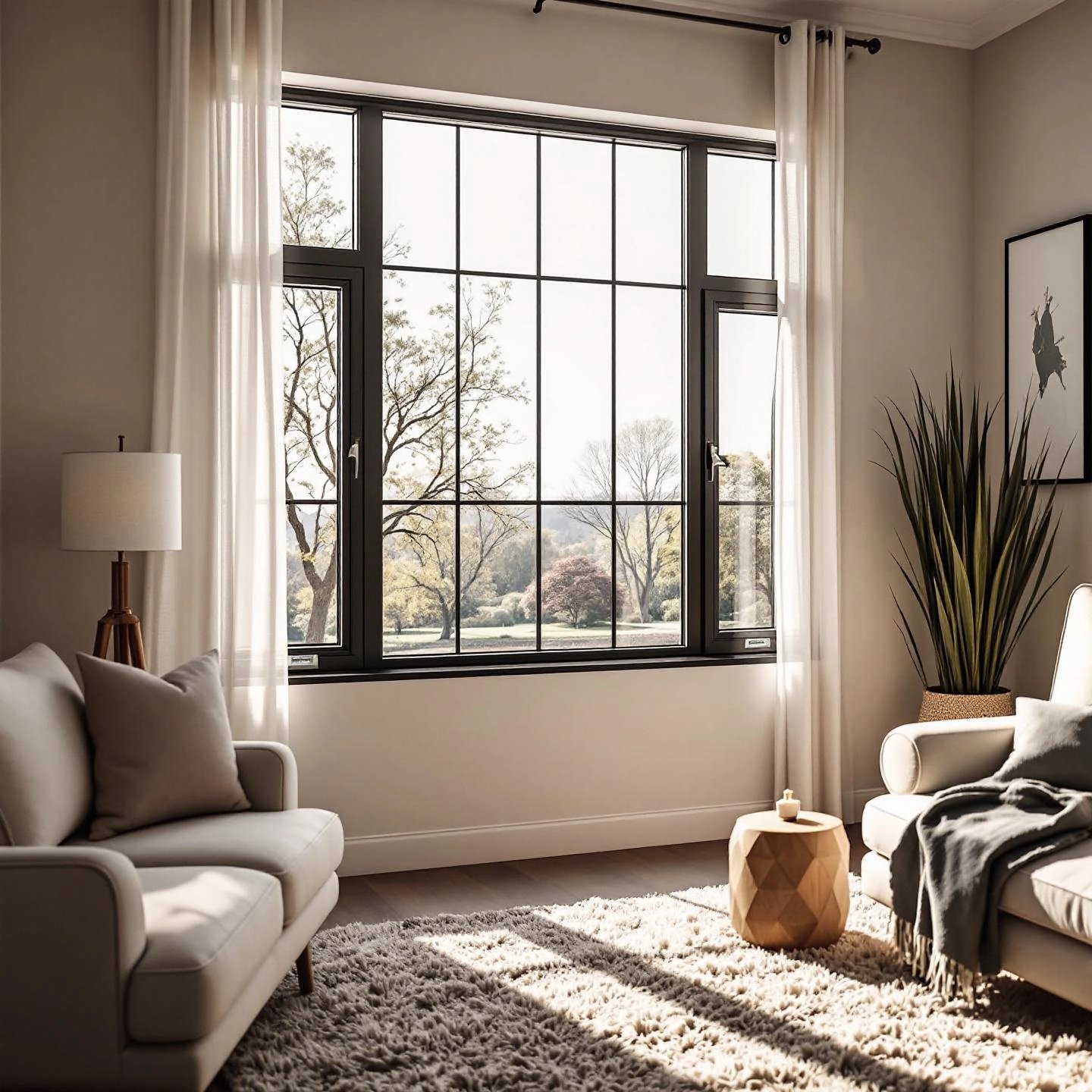
Have you ever walked into a room that just feels stuffy, or noticed beads of water forming on your window panes? Maybe you’ve wondered why your home sometimes smells musty or why mold seems to creep up in the corners no matter how often you clean. These are common issues in today’s modern, airtight homes. As builders strive for energy efficiency and reduced drafts, houses are sealed tighter than ever. While this keeps outdoor air out, it can also trap moisture, odors, and pollutants inside, leading to discomfort and even health concerns.
So, what’s the solution when opening the window isn’t practical—especially in cold, hot, or noisy environments? This is where window trickle vents step in. Think of these as a window ventilation strip—a discreet feature built into your window frame that allows a gentle, controlled flow of fresh air into your home, even when the window is closed. By providing continuous background ventilation, trickle vents help prevent the buildup of moisture and stale air, reducing the risk of condensation, mold, and poor indoor air quality.
In this guide, you’ll discover how window trickle vents work, why they’re important for both comfort and code compliance, and how to choose the right vent for your specific window type—whether you have uPVC, double-glazed, timber, or aluminum frames. We’ll also share practical installation tips, simple maintenance routines, and advice on when it might be time to consider an upgrade or replacement. By the end, you’ll have all the information you need to make your home healthier, fresher, and more comfortable—starting with something as simple as a window ventilation strip.
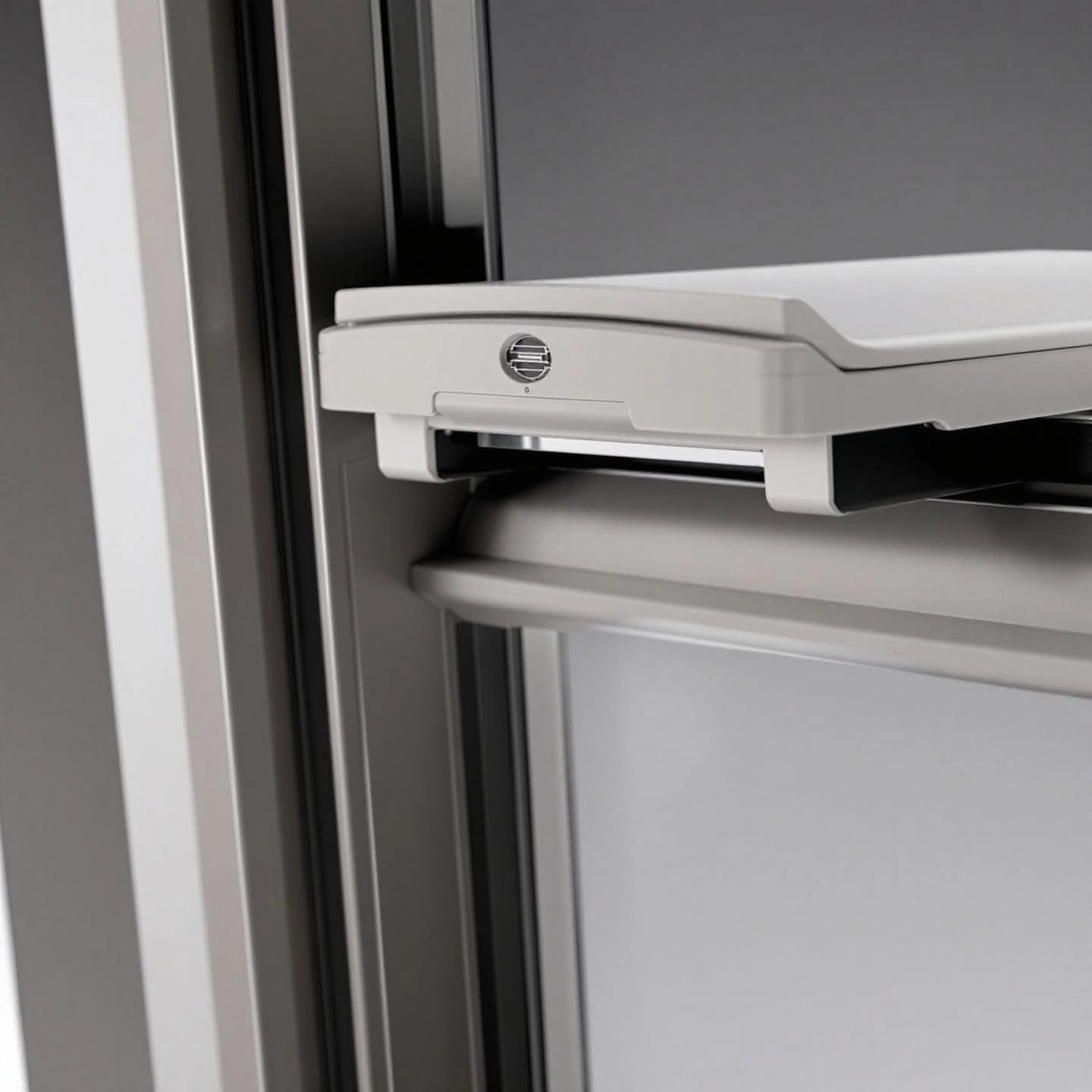
When you hear the term "trickle vent," you might wonder, what is a trickle vent on a window and why does it matter for your home? Imagine a device that quietly works behind the scenes—allowing fresh air to enter your living space, even when the window is tightly shut. That’s the magic of a window trickle vent: a small, cleverly engineered feature designed for continuous, controlled ventilation without compromising your comfort or security.
Modern homes—especially those with uPVC windows or double glazing—are built to keep out drafts and save energy. But this airtightness can create new problems, like trapped moisture and stale air. Trickle vents offer a simple solution by providing a dedicated pathway for fresh air to flow inside, helping to prevent condensation, reduce mold risk, and maintain a healthy indoor environment.
How do they work? Think of a trickle vent as a mini-window that’s always slightly open, but with a key difference: you control how much air gets through, and your security isn’t compromised. The vent is usually integrated into the top of the window frame and can be adjusted to allow more or less airflow as needed.
To better understand how these vents function, let’s break down their key parts:
When all these components work together, you get a system that delivers background ventilation—keeping air circulating gently throughout your home, even with the windows locked tight. For trickle vents for uPVC windows, the design is often seamless and color-matched, blending into the frame for a discreet look.
It’s tempting to think you could simply crack open a window for the same effect. But trickle vents offer several unique advantages:
In short, a trickle vent acts as a built-in, draft-controlled mini-window—always ready to provide the fresh air your home needs, without the downsides of leaving a window open. As we move forward, you’ll see why these features are not just convenient, but also play an essential role in meeting today’s building regulations and keeping your indoor environment healthy.
Ever wondered why new windows often come with small vents at the top—even when the glass is ultra-efficient and the frames are perfectly sealed? Sounds counterintuitive, right? In reality, these trickle vents are not just a design choice—they’re a direct response to how building regulations have evolved to balance energy efficiency with the need for healthy indoor air.
As homes have become more airtight—thanks to advanced double glazing, improved insulation, and modern construction techniques—keeping warmth inside has become easier. But this airtightness also means less natural airflow, which can lead to a buildup of indoor moisture, condensation, and even harmful pollutants from everyday activities like cooking and cleaning. Without a steady supply of fresh air, you’ll notice stuffy rooms, persistent condensation, and an increased risk of mold and poor air quality.
Recognizing these risks, building codes have shifted to require not just thermal performance, but also background ventilation—the gentle, continuous exchange of indoor and outdoor air. This is where trickle vents in windows building regulations come into play.
Current regulations—such as the UK’s Approved Document F (Ventilation)—make it clear: when you install new windows or replace existing ones, you must provide adequate background ventilation. For most homes, this means integrating trickle vents into every habitable room. Here’s what the rules spell out:
With regulations in place, you might ask: are trickle vents in windows a good idea, or just a legal box to tick? The answer is clear when you look at the benefits. Trickle vents are designed to:
For homes in noisy or polluted areas, regulations even recommend noise-attenuating or filtered trickle vents, and guidance is available on locating vents away from direct sources of outdoor pollution (UK Government FAQ).
Ultimately, meeting the latest building codes isn’t just about avoiding fines or ticking a regulatory box. It’s about protecting your health, your home’s structure, and your long-term comfort. Proper ventilation—delivered through well-designed trickle vents—helps prevent the hidden dangers of moisture and poor air quality, while keeping your living space secure and energy-efficient. As you consider new windows or upgrades, understanding these regulations ensures you make choices that are both smart and fully compliant.
Next, we’ll explore the practical benefits of proper home ventilation and how these small features can make a big difference in your daily life.
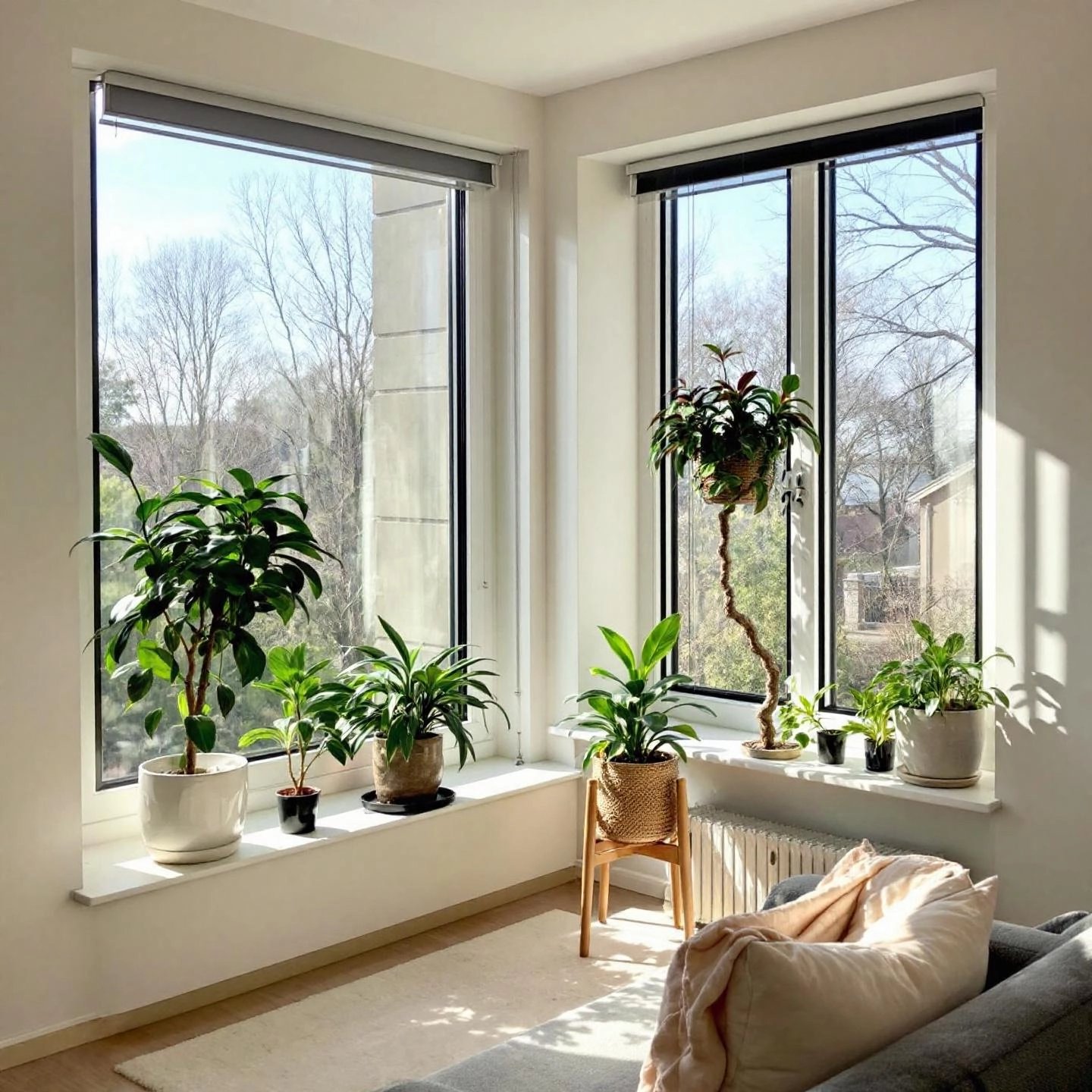
Ever stepped into a room and felt the air was heavy or noticed stubborn moisture on your windows, especially during winter? You’re not alone. These are signs your home may lack sufficient ventilation—a problem that window trickle vents are specifically designed to solve. But what real-world benefits do these small features actually offer, and do trickle vents stop condensation as promised?
Imagine a home where you rarely have to wipe down foggy windows, where musty smells don’t linger, and where you and your family breathe easier every day. That’s the everyday impact of proper ventilation, and here’s how trickle vents deliver it:
Consider the common scenario: In winter, you keep windows shut to stay warm, but moisture from cooking, showers, and daily life builds up inside. Without an outlet, this moisture condenses on cold glass, leading to puddles, peeling paint, or even rotting window frames. By fitting trickle vents and leaving them open year-round, you allow just enough fresh air in to balance humidity, stopping condensation before it starts.
It’s easy to overlook the impact of air quality on your daily life. But with improved ventilation, you’ll likely notice fewer musty odors, less dust buildup, and a fresher, more pleasant home environment. Over time, this can reduce respiratory symptoms and help protect the long-term value of your property by preventing hidden moisture damage.
Now that you know the practical benefits of trickle vents, the next step is understanding how to choose the right type for your specific windows—ensuring you get the best fit and performance for your home’s unique needs.
When it comes to window trickle vents installation on uPVC or double glazed windows, the options might seem overwhelming. How do you know which vent is right for your space? Let’s break it down into practical steps, so you can confidently select the best trickle vents for uPVC windows—ensuring your home stays comfortable, compliant, and condensation-free.
Imagine you’re standing in the hardware aisle, faced with a row of vents in different shapes, sizes, and finishes. Which one should you choose? Here’s what matters most:
Not sure what size vent you need? Here’s a step-by-step approach:
Compatibility is key. Before purchasing, double-check that your chosen vent is designed for uPVC or double glazed windows. Many manufacturers provide detailed fitting guides and size charts. If you’re unsure, bring your window measurements to a specialist supplier—they can help you find the perfect match.
Choosing the right trickle vent isn’t just about ticking a box for building codes—it’s about creating a healthier, more comfortable living space. By matching the vent style, size, and finish to your windows and room needs, you’ll enjoy all the benefits of continuous, controlled ventilation without sacrificing style or performance. In the next section, we’ll explore how to find the ideal vents for timber and aluminum window frames, so every part of your home gets the fresh air it deserves.
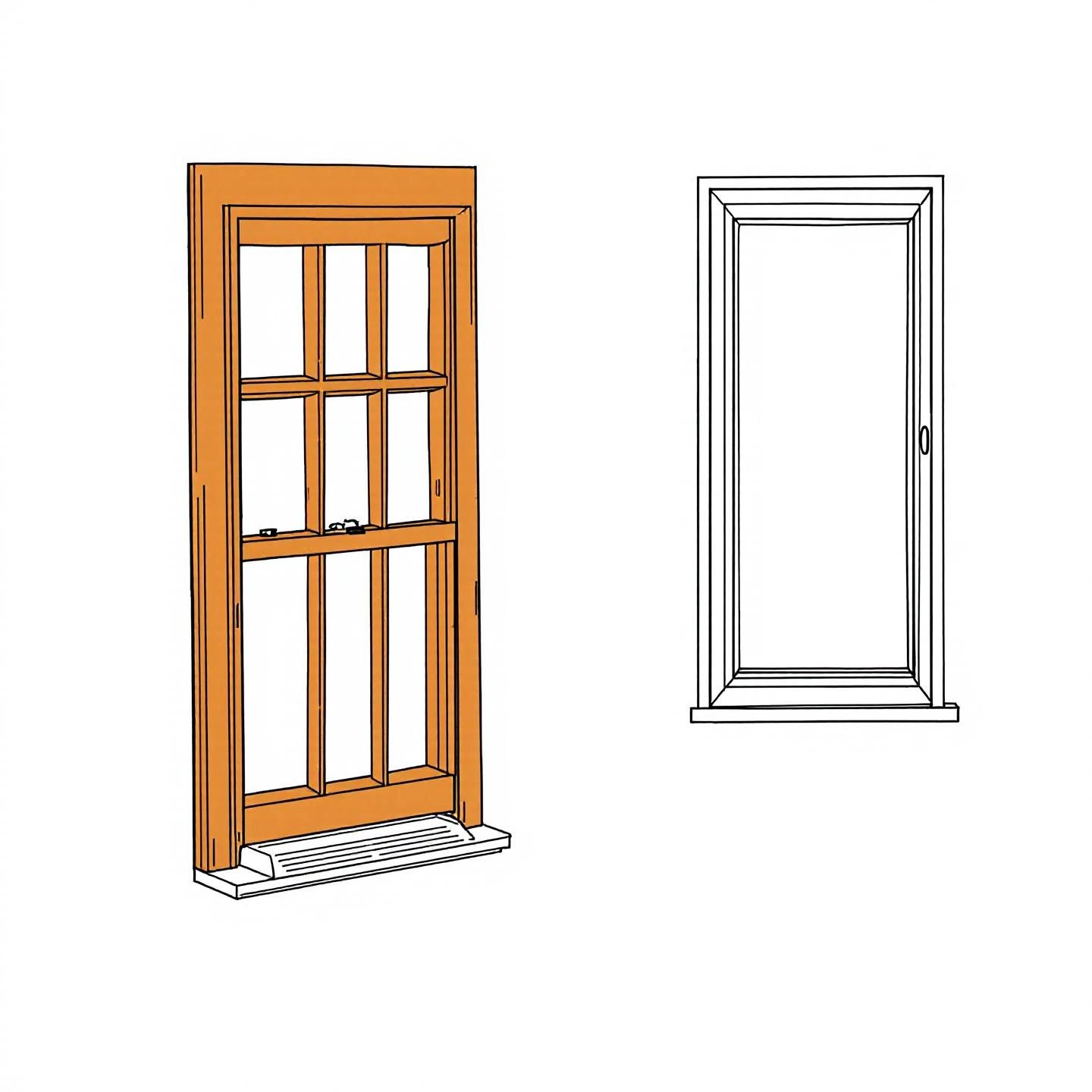
Choosing the perfect exterior window trickle vents for your timber or aluminum window frames may sound tricky, but it’s all about matching the right features to your home’s unique character and needs. Imagine standing in front of a beautiful timber sash or a sleek aluminum casement—how do you ensure your vent not only works well but also looks like it truly belongs?
If you have timber windows, you already know their charm—warmth, classic lines, and natural grain. But timber is also sensitive to moisture and temperature changes, so your trickle vent choice must do more than provide airflow; it should help preserve the wood and keep your home in top shape.
Modern timber trickle vents are designed to be unobtrusive, often hidden within the sash or frame, so you don’t have to compromise on style. For example, some systems feature buttons for partial or full opening, giving you flexible control over airflow without sacrificing the window’s beauty.
Aluminum windows are celebrated for their strength, slim profiles, and contemporary appeal. When it comes to window trickle vents replacement or new installations, you want a vent that matches this modern look and delivers long-lasting performance.
Shengxin Aluminum stands out as a top choice for aluminum window trickle vents. Their products are designed for easy installation on new or existing frames, with options for various sizes and finishes to suit any project. Not only do Shengxin vents offer controlled airflow to reduce condensation and mold, but they’re also manufactured under ISO 9001:2015 certification and comply with RoHS environmental standards. This means you get a vent that’s not only effective but also built to last and safe for your home (Shengxin Aluminum).
| Feature | Timber Frames | Aluminum Frames |
|---|---|---|
| Aesthetics | Flush, color-matched, often hidden | Slim, minimalist, available in various finishes |
| Protection | Helps prevent wood swelling and rot | Weather-resistant, corrosion-proof |
| Installation | May require conservation approval | Easy retrofit or new fit, wide compatibility |
| Best Choice Example | Bespoke, flush timber vent system | Shengxin Aluminum certified trickle vent |
When considering window trickle vents replacement, always prioritize products that offer both performance and style. Whether you’re preserving the elegance of timber or enhancing the modern edge of aluminum, the right vent keeps your home healthy, comfortable, and looking its best. In the next section, you’ll learn how to ensure trickle vents are seamlessly integrated into your new window installations for a truly future-proof solution.
When you’re investing in new windows with trickle vents, it’s easy to focus on glass type, frame color, or security features. But have you stopped to consider how those windows will keep your home fresh and healthy once they’re installed? If you’ve ever wondered whether you need to request trickle vents—or if they come as standard—this section is for you. Let’s explore how to ensure you get the right ventilation from day one, why factory-fitted vents are the gold standard, and what questions to ask your supplier for a trouble-free, code-compliant installation.
Imagine you’re ordering new windows: would you rather have every component engineered and integrated from the start, or risk a retrofit later on? Factory-fitted trickle vents are designed right into the window frame during manufacturing. Here’s why this approach stands out:
Not all windows come with trickle vents by default—especially if you’re buying from big-box stores or online marketplaces like window trickle vents Home Depot. To avoid surprises, ask your supplier the following:
Retrofitting trickle vents after installation can be complex, messy, and sometimes impossible—especially if the frame isn’t designed to accommodate them. Drilling into new frames may void warranties, weaken structural integrity, or create unsightly holes. By contrast, factory-fitted vents are engineered for durability and performance from the start, giving you peace of mind and a professional finish.
By prioritizing factory-fitted trickle vents and asking the right questions up front, you’ll ensure your new windows are as healthy, comfortable, and future-proof as possible. Next, we’ll walk through the process of retrofitting vents to existing windows—when it’s necessary and how to do it right.
Thinking about retrofitting trickle vents to uPVC windows? Maybe you’ve noticed persistent condensation, or your rooms just don’t feel as fresh as they should. If your windows don’t already have trickle vents, adding them can make a real difference in ventilation and comfort. But how do you go from a sealed window frame to a properly installed vent—without risking damage or voiding warranties? Here’s a clear, practical guide to help you understand what’s involved, and when it might be best to call in a professional.
Yes, it’s possible to install trickle vents on most existing uPVC windows. The process involves drilling precise holes in the window frame to accommodate the vent. While it’s a project many confident DIYers can tackle, it does require care, the right tools, and an understanding of your window’s structure. If you’re unsure, hiring a professional is always a safe bet.
Disclaimer: Retrofitting trickle vents requires precision and care. If you’re not comfortable with drilling into window frames or if your windows are particularly valuable or complex, always seek professional help. Incorrect installation can result in permanent damage or non-compliance with building regulations.
By following these steps, you can upgrade your existing windows with effective, code-compliant ventilation—improving comfort, reducing condensation, and supporting a healthier indoor environment. In the next section, we’ll tackle how to maintain your vents and what to do if you encounter issues or need a replacement.
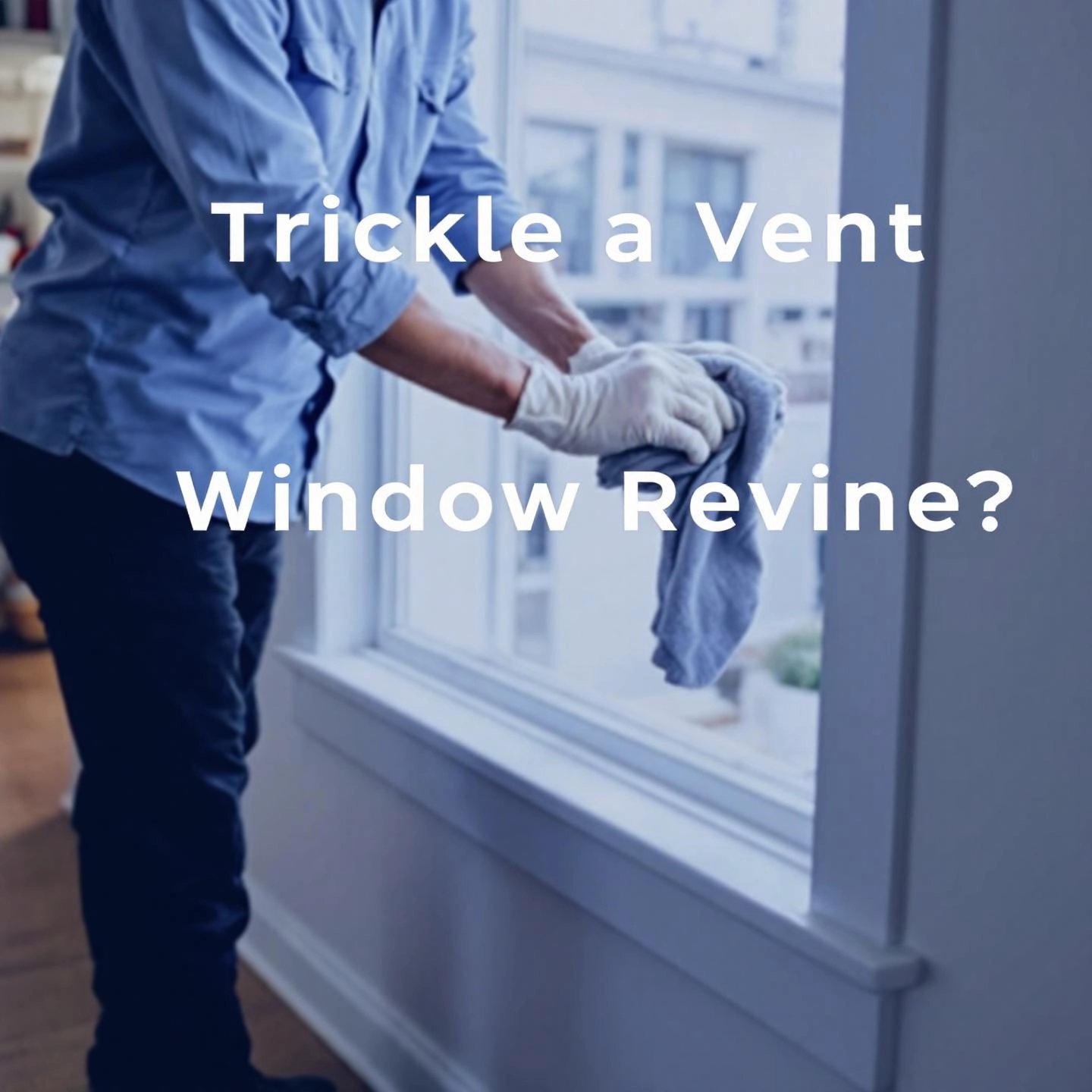
When was the last time you checked your window trickle vents? If you’re like most homeowners, it’s easy to overlook these small but vital features—until you notice a draft, stubborn condensation, or a vent that just won’t close right. Proper maintenance is key to keeping your vents working smoothly, and knowing when it’s time for window trickle vents replacement can save you from bigger headaches down the line.
Sounds complex? Actually, maintaining your vents is simple if you follow a few basic steps:
Even with regular care, issues can crop up—especially as vents age or if they were poorly installed. Here’s a quick comparison table to help you diagnose and solve the most frequent problems:
| Problem | Possible Cause | Solution |
|---|---|---|
| Drafts when vent is closed | Poor fit, worn seals, or gaps at ends of vent | Check for visible gaps; consider resealing or replacing with a better-fitting model. Some vents, especially older types, may not close fully—permanently sealing them is an option if you prefer to ventilate by opening the window instead. |
| Vent won’t open/close | Debris buildup, warped plastic, or mechanical failure | Clean thoroughly; if still stuck, replacement is often the easiest fix. |
| Condensation not improving | Vent blocked, too small for room, or not left open long enough | Clean vent; check Equivalent Area (EA) rating—if undersized, upgrade to a larger or more efficient model. |
| Noise or rattling | Loose screws, poor installation, or old, brittle materials | Tighten fixings; if noise persists, consider replacing with a modern, screw-fixed vent for a secure fit. |
| Discoloration or damage | UV exposure, age, or low-quality materials | Replacement is the best option—look for UV-resistant, certified products for longer life. |
Imagine you’ve cleaned and checked your vents, but problems persist—drafts, sticking sliders, or visible cracks. That’s your cue to consider window trickle vents replacement. Upgrading to a high-quality, certified vent makes a noticeable difference in comfort, efficiency, and ease of use.
For aluminum frames, or if you want a truly reliable, long-lasting solution, it’s worth considering an upgrade to a certified, high-performance product like those from Shengxin Aluminum. Their vents combine slim, unobtrusive design with ISO 9001:2015 certified quality, RoHS compliance, and customizable options for a perfect fit and lasting performance. You’ll notice improved airflow, reduced drafts, and peace of mind knowing your home’s ventilation is in expert hands.
Maintaining your window trickle vents doesn’t have to be a chore. With a little regular care and prompt replacement when needed, you’ll keep your home’s air fresh, your windows free from condensation, and your comfort level exactly where you want it. In our final section, we’ll recap the essential takeaways and help you decide when it’s time to take action for a healthier, fresher home.
Ever wondered if something as small as a window trickle vent could truly make a difference in your home? Imagine walking into a room that always feels fresh—no stuffy air, no condensation streaking your windows, and no lurking worries about hidden mold. That’s the quiet power of window trickle vents: a simple feature that works around the clock to improve indoor air quality with window vents, safeguard your property, and keep your living spaces comfortable year-round.
If you haven’t checked your vents lately—or if your home still suffers from stuffy air or persistent condensation—now’s the perfect time to act. Upgrading to modern, certified products like Shengxin Aluminum’s window trickle vents means you’ll benefit from robust, weather-resistant design, customizable fit, and the assurance of ISO 9001:2015 certified quality. These vents are engineered for long-lasting performance, giving you control over airflow and the confidence that your home’s ventilation is both effective and future-proof.
In the end, maintaining a healthier, more comfortable living environment doesn’t require a major overhaul—just a smart, simple upgrade. So, take a moment to inspect your windows, consider the lasting benefits of reliable ventilation, and let window trickle vents quietly transform your home for the better.
Yes, trickle vents provide controlled ventilation, helping to prevent condensation and mold while maintaining your home's security and comfort. They are especially beneficial in modern, airtight homes where natural airflow is limited.
Building regulations in many regions require trickle vents in new and replacement windows to ensure adequate background ventilation. This helps protect indoor air quality and prevents moisture-related problems, making compliance essential for both safety and property value.
You can retrofit trickle vents to most existing windows, including uPVC and aluminum frames. The process involves careful measurement and drilling, but professional installation is recommended for best results and to avoid damaging your windows.
For optimal air quality and moisture control, it's recommended to keep trickle vents open most of the time. They are designed to provide a gentle flow of fresh air without causing significant heat loss or drafts, even in winter.
Certified trickle vents, such as those from Shengxin Aluminum, offer enhanced durability, weather resistance, and user-friendly operation. They are ISO 9001:2015 and RoHS compliant, ensuring reliable performance and a healthier indoor environment for the long term.
 Інтернет-сервіс
Інтернет-сервіс 0086 136 3563 2360
0086 136 3563 2360 sales@sxalu.com
sales@sxalu.com +86 136 3563 2360
+86 136 3563 2360